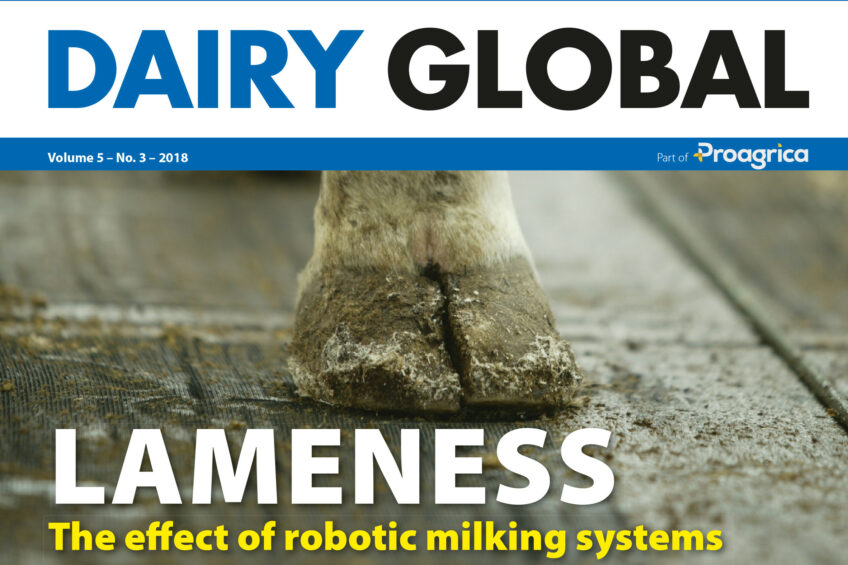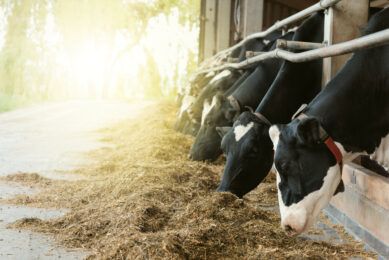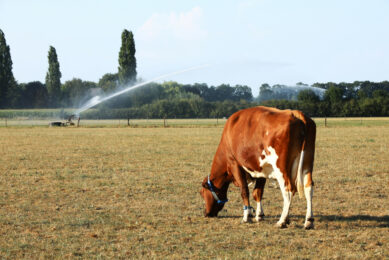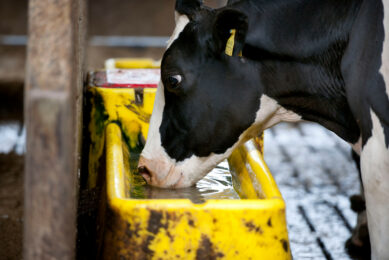New edition Dairy Global now available online

The new edition of Dairy Global magazine can now be read online. This edition is focused on cattle nutrition and hoof health.
Rumen efficiency indicators
In this edition, experts from animal nutrition company Lallemand delve into the indicators to help evaluate the efficiency of the rumen on-farm and made a tool out of it. This tool is known as the Rumen Efficiency Investigation (REI) and can help producers and nutritionists assess feed efficiency in real life working farm conditions. The REI is a holistic approach based on the assessment of a set of measurable indicators at the farm level. There are 9 indicators in total, selected by integrating bibliography reviews, practical dairy farms surveys and international expert views, and validated in the field.

Rumen buffer supplement
Also focusing on cattle nutrition, this edition features an article on rumen health and why this is key for high productive cows. The authors write that since high productive cows are depending strongly on the rumen efficiency, every challenge, such as heat stress, has to be compensated by (nutritional) management. One of the nutritional solutions can be found in an effective rumen buffer supplement.

Hoof health and lameness
In this edition we also have a couple of articles focusing on hoof health and lameness. Lameness in dairy cattle causes significant economic losses and strongly deteriorates cows’ welfare. For the dairy farmer lame cows are costly, due to high treatment costs, decreased milk production, reduced fertility and early culling.

The economic losses are often underestimated and treatment often comes too late. This is why correct and early detection of lame cows and timely and proper treatment are important as this could reduce economic losses, improve animal welfare, and lower on-farm lameness prevalence. One article specifically focuses on lameness in relation with the use of automatic milking systems.

Also in this issue:
- Farmer to trial new nitrogen fixing plasma reactor
- Interview with EMB chairman Erwin Schöpges
- Farm report Saunders family in New Zealand
- New insights on selective dry cow therapy
- Does feed efficiency mean financial efficiency?
To read all the articles in this issue, go to the magazine overview page and sign up with your current website login.
Join 13,000+ subscribers
Subscribe to our newsletter to stay updated about all the need-to-know content in the dairy sector, two times a week.










